The robotic arm is programmed to perform a specific task. Additionally, the joints move along the axis of rotation in a certain number of directions. As a result, it follows the principle of working similarly to the human hand.
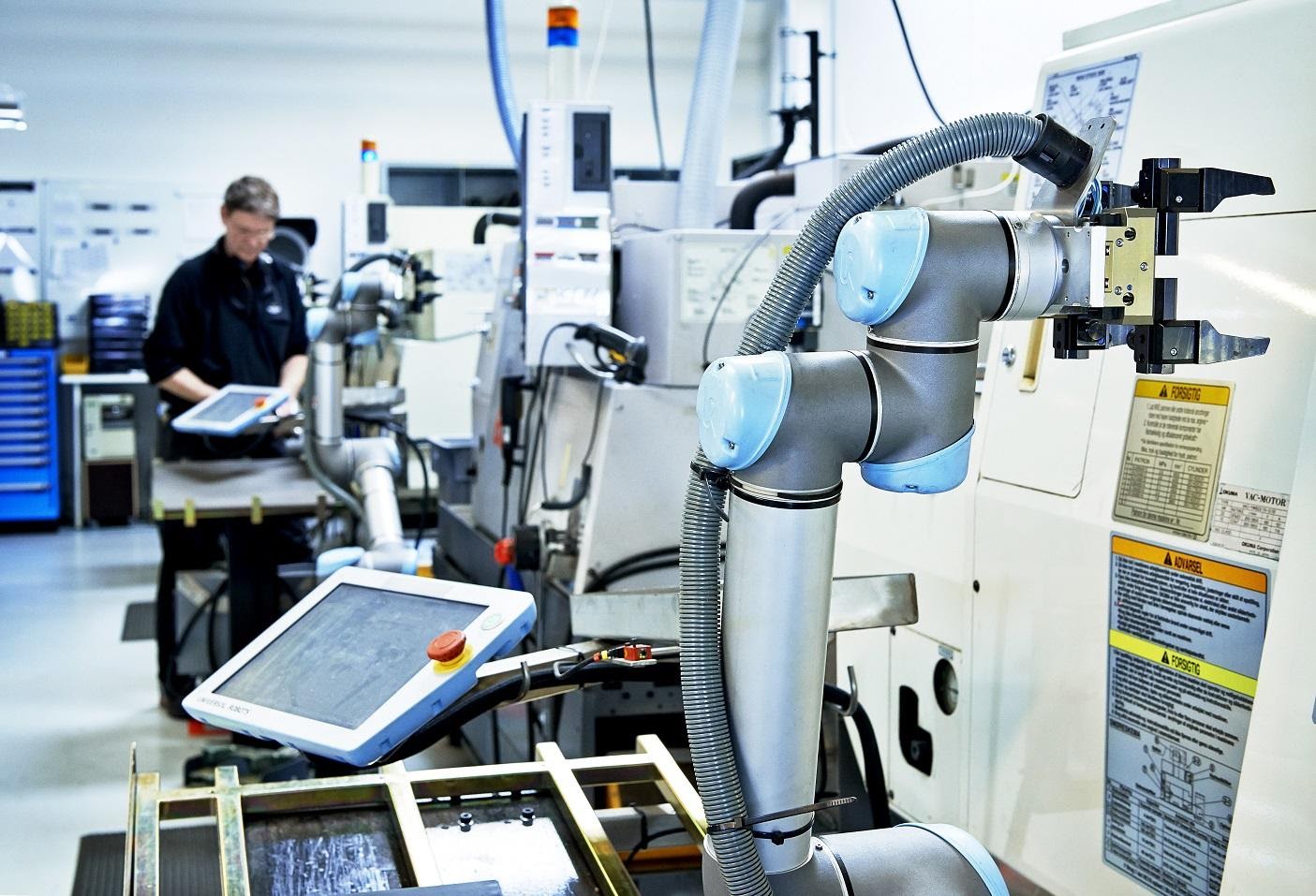
The robot arm includes: operator arm, gripper, control system, drive, sensor system.
Robotic arms typically feature several flexible joints, which allow them to move and rotate in various directions. Servo motors control these joints, enabling the robotic arm to perform operations with accuracy and speed.
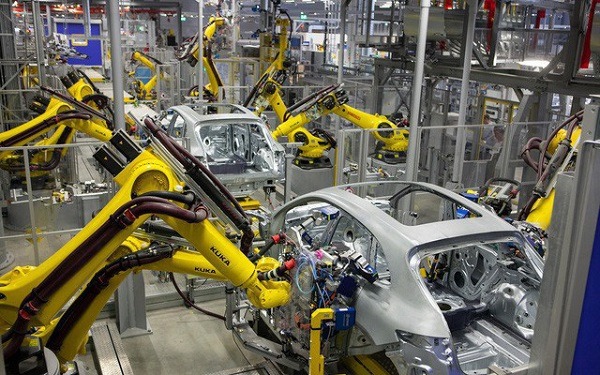
Depending on the application and intended use, robotic arms can be designed with specialized tools, such as clamps, handles, or cutters and grinders. These tools make the robotic arm able to perform tasks such as metalworking, product assembly, and even surgery.
Industrial robotic arms are compact, lightweight devices that will work well in even tight spaces. That helps save space in factories and production workshops. These amazing products will continue to be widely used in the years to come. It delivers many times more accuracy and productivity. The robot will be improved and enhanced over time. Therefore, all of the above benefits will continue to be developed.
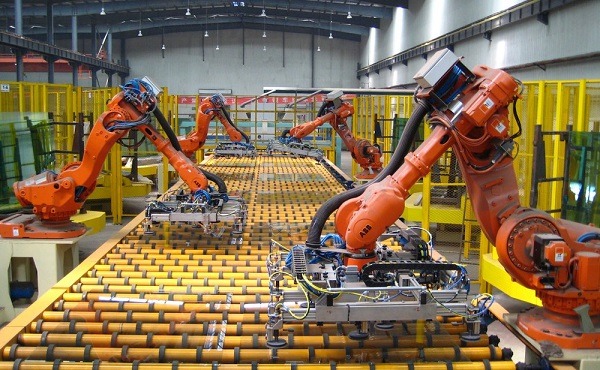
FOR MORE INFORMATION, PLEASE CONTACT ETEK AUTOMATION SOLUTIONS JOINT STOCK COMPANY
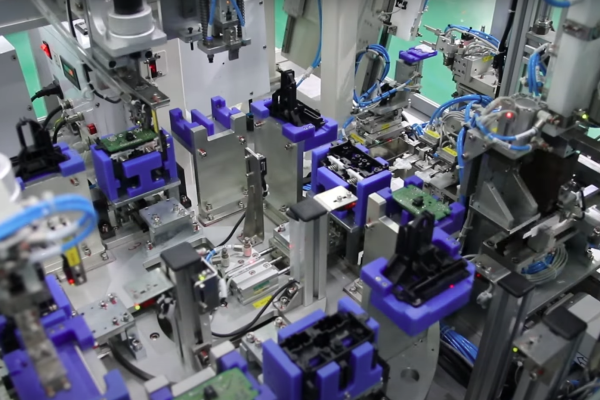
What is automation in the electrical and electronics industry? Automation in the electrical and electronics industry is essential in improving production efficiency, reducing labor costs, and ensuring safety in manufacturing…
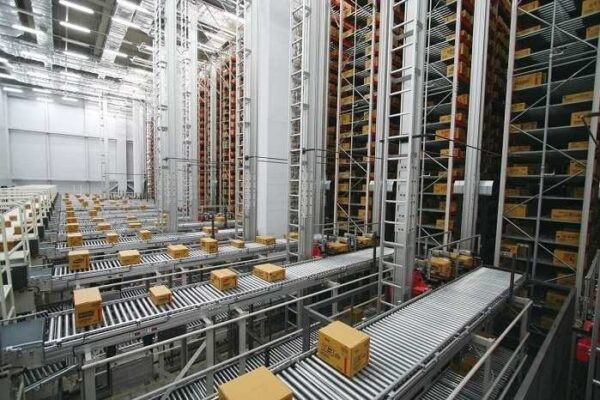
In the era of Industry 4.0, automation has become an indispensable factor in enhancing production efficiency and warehouse management. The Automated Storage and Retrieval System (AS/RS) is an advanced solution…

You may be familiar with traditional warehouses that offer spacious, open spaces for receiving and storing goods. However, with the development of technology, smart warehouses were born to help perform…
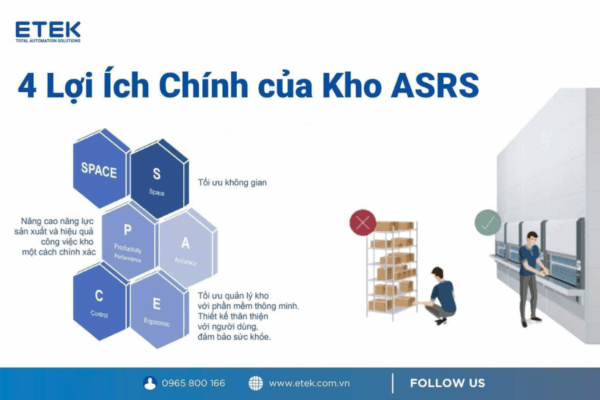
In the context of increasingly fierce competition, optimizing warehouse operations is a key factor to help businesses improve efficiency, reduce costs and serve customers faster. One of the advanced technology…